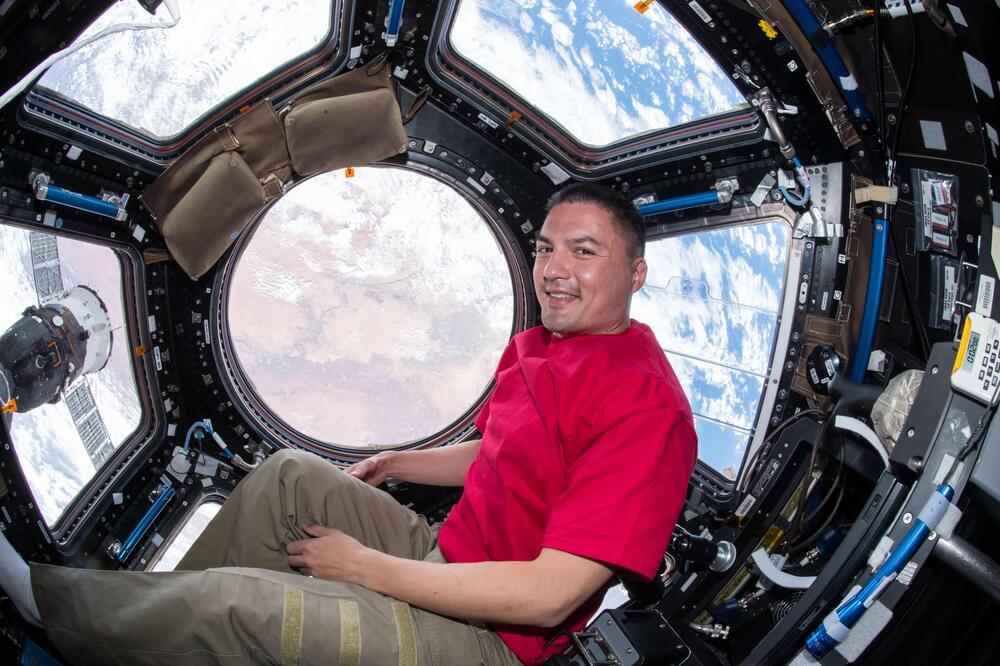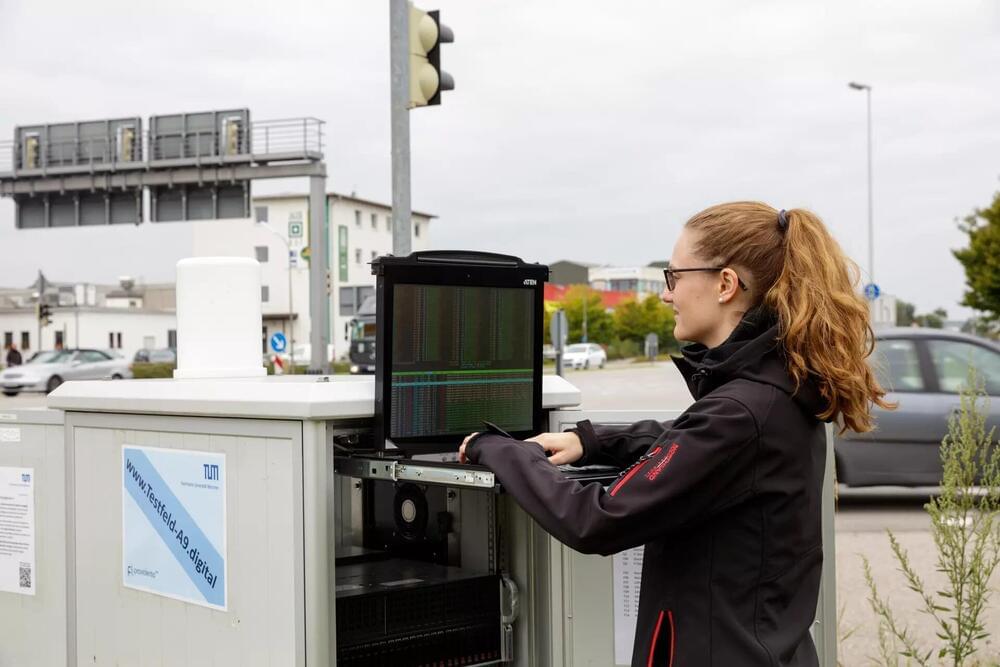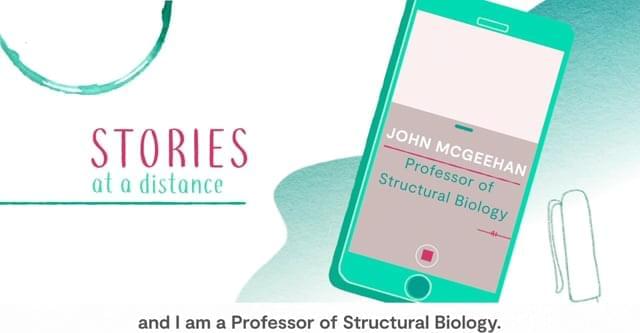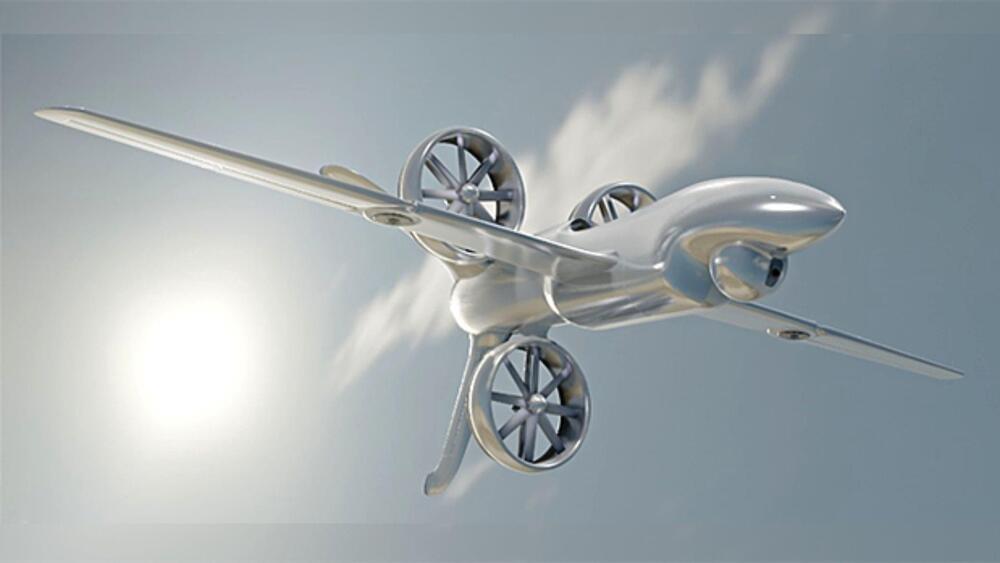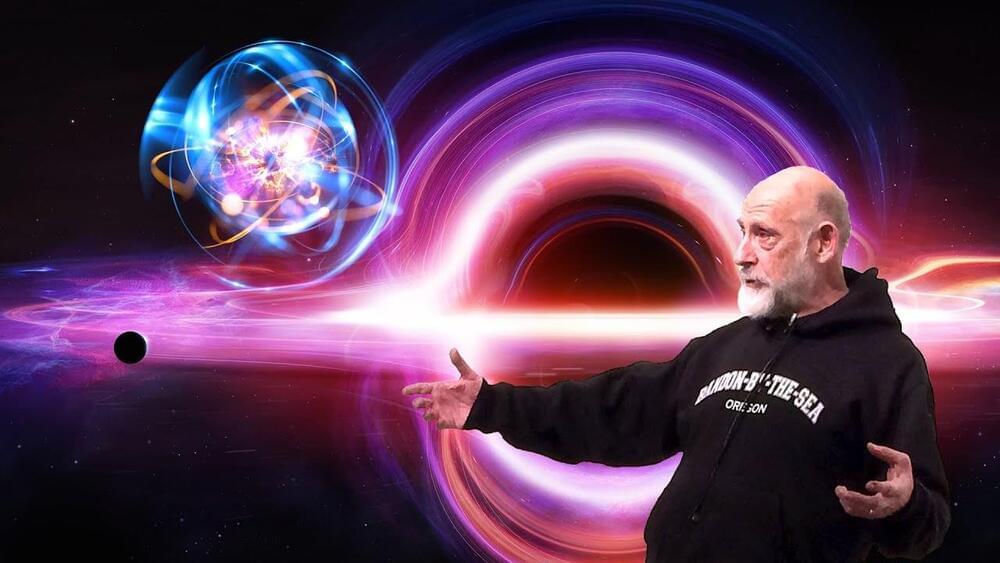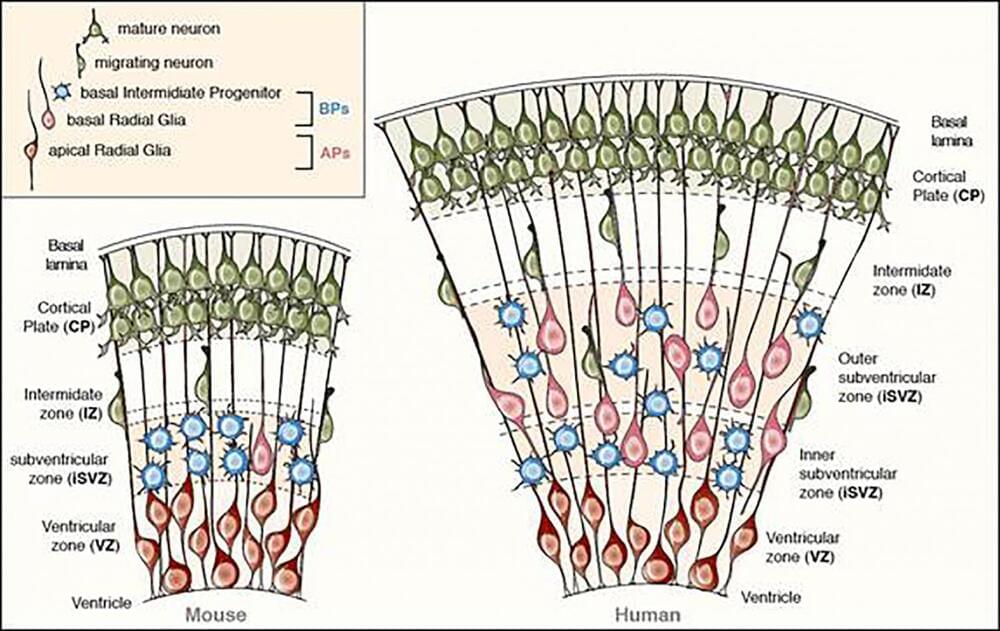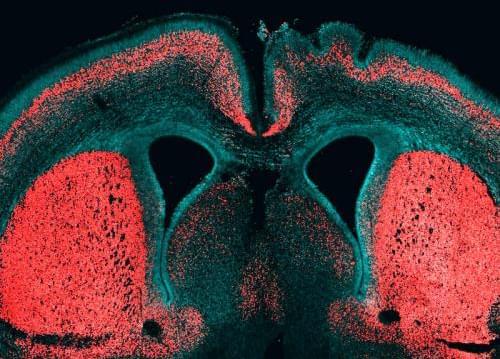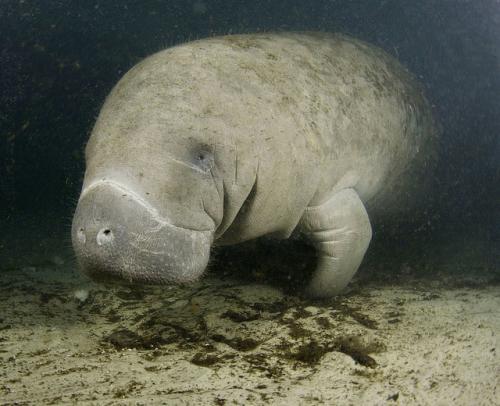Students from Georgia and Illinois will have the opportunity this week to hear from astronauts aboard the International Space Station.
NEWS MEDIA CONTACTS: Ethan Huffman, (208) 716‑4594, [email protected] Sarah Neumann, (208) 526‑0490, [email protected]
In the Providentia++ project, researchers at the Technical University of Munich (TUM) have worked with industry partners to develop a technology to complement the vehicle perspective based on onboard sensor input with a bird’s-eye view of traffic conditions. This improves road safety, including for autonomous driving.
The expectations for autonomous driving are clear: “Cars have to travel safely not only at low speeds, but also in fast-moving traffic,” says Jörg Schrepfer, the head of Driving Advanced Research Germany at Valeo. For example, when objects fall off a truck, the “egocentric” perspective of a car will often be unable to detect the hazardous debris in time. “In these cases, it will be difficult to execute smooth evasive action,” says Schrepfer.
Researchers in the Providentia++ project have developed a system to transmit an additional view of the traffic situation into vehicles. “Using sensors on overhead sign bridges and masts, we have created a reliable, real-time digital twin of the traffic situation on our test route that functions around the clock,” says Prof. Alois Knoll, project lead manager TUM. “With this system, we can now complement the vehicle’s view with an external perspective—a bird’s-eye view—and incorporate the behavior of other road users into decisions.”
University of Portsmouth joins leading AI researchers at DeepMind to help engineer faster acting enzymes for recycling some of the worlds most polluting single use plastics.
The University’s Centre for Enzyme Innovation (CEI) has used DeepMind’s ground-breaking AI system to make strides in their research on circular recycling.
Minimizing personnel costs and vulnerability
“The goal is to build a plane that can launch from ship flight decks and small austere land locations in adverse weather without launch and recovery equipment typically needed for these systems,” stated DARPA’s press release published on Friday.
American physicist, professor of theoretical physics at Stanford University, and founding director of the Stanford Institute for Theoretical Physics, Leonard Susskind, explains black holes, quantum physics, general relativity and how they are intertwined.
Knowing how the laws of physics behave at the extremes of space and time, near a black hole, is an important piece of the puzzle we must obtain if we are to understand how the universe works. Leonard Susskind explains how general relativity and quantum mechanics are related.
There are four fundamental forces at work in the universe: the strong force, the weak force, the electromagnetic force, and the gravitational force. They work over different ranges and have different strengths. Gravity is the weakest but it has an infinite range.
Three of the four fundamental forces of physics are described within the framework of quantum mechanics and quantum field theory. The current understanding of the fourth force, gravity, is based on Albert Einstein’s general theory of relativity, which is formulated within the entirely different framework of classical physics. However, that description is incomplete.
According to Susskind, quantum gravitational effects are extremely weak and therefore difficult to test.
Leonard Susskind and his colleges of theoretical physicists have forged a connection between wormholes in spacetime and a quantum phenomenon called entanglement. This could help physicists reconcile Einstein’s general theory of relativity and quantum mechanics.
(Medical Xpress)—A team of researchers at the Max Planck Institute has found what they believe is the DNA mutation that led to a change in function of a gene in humans that sparked the growth of a larger neocortex. In their paper published in the journal Science Advances, the team describes how they engineered a gene found only in humans, Denisovans and Neanderthals to look like a precursor to reveal its neuroproliferative effect.
A year ago, another team of researchers found the human gene that most in the field believe was a major factor in allowing the human brain to grow bigger, allowing for more complex processing. In this new effort, the researchers have found what they believe was the DNA change that arose in that gene.
To pinpoint that change, the researchers engineered the unique ARHGAP11B gene to make it more similar to the ARHGAP11A gene, which researchers believe was a predecessor gene—they swapped a single nucleotide (out of 55 possibilities) for another and in so doing, found the ARHGAP11B gene lost its neuroproliferative abilities. This, the team claims, shows that it was a single mutation that allowed humans to grow bigger brains. Such a mutation, they note, was not likely due to natural selection, but was more likely a simple mistake that occurred as a brain cell was splitting. Because it conferred an advantage (the ability to grow higher than normal amounts of brain cells) the mutation was retained through subsequent generations. They also point out that such a mutation would have resulted specifically in a larger neocortex—a portion of the cortex that has been associated with hearing and sight.
When the right gene is expressed in the right manner in the right population of stem cells, the developing mouse brain can exhibit primate-like features. In a paper publishing August 7th in the Open Access journal PLOS Biology, researchers at the Max Planck Institute of Molecular Cell Biology and Genetics (MPI-CBG) succeeded in mimicking the sustained expression of the transcription factor Pax6 as seen in the developing human brain, in mouse cortical progenitor cells. This altered the behavior of these cells to one that is akin to that of progenitors in the developing primate neocortex. Consequently, the mouse progenitors generated more neurons — a prerequisite for a bigger brain.
The neocortex consists of different types of progenitors, but one particular class, the basal progenitors, behave differently in small-brained animals such as mice than in large-brained animals such as humans. In humans, basal progenitors can undergo multiple rounds of cell division, thereby substantially increasing neuron number and ultimately the size of the neocortex. In mice, these progenitors typically undergo only one round of cell division, thus limiting the number of neurons produced. A potential cause underlying this difference in the proliferative capacity of basal progenitors could be the differential expression of Pax6 between species. Mouse basal progenitors, in contrast to human, do not express Pax6. “We were very curious to see what would happen if we were to change the expression pattern of Pax6 in developing mouse brain to mimic that observed in large-brained animals”, says Fong Kuan Wong, a PhD student in the lab of Wieland Huttner and first author of the study.
To this end, another PhD student in the lab, Ji-Feng Fei, generated a novel transgenic mouse line. This line provided the basis for altering the expression of Pax6 in the cortical stem cell lineage such that it would be sustained in basal progenitors. The researchers then introduced the Pax6 gene into the stem cells of these mice. Strikingly, sustaining Pax6 expression in mouse basal progenitors increased their capacity to undergo multiple rounds of cell division, as typically observed in primates. This not only expanded the size of the basal progenitor population in a way somewhat reminiscent to what is seen in large-brained animals. It also resulted in an increase in cortical neurons, notably those in the top layer, another characteristic feature of an expanded neocortex.
About 99 percent of human genes are shared with chimpanzees. Only the small remainder sets us apart. However, we have one important difference: The brain of humans is three times as big as the chimpanzee brain.
During evolution our genome must have changed in order to trigger such brain growth. Wieland Huttner, Director and Research Group Leader a the Max Planck Institute of Molecular Cell Biology and Genetics (MPI-CBG), and his team identified for the first time a gene that is only present in humans and contributes to the reproduction of basal brain stem cells, triggering a folding of the neocortex. The researchers isolated different subpopulations of human brain stem cells and precisely identified, which genes are active in which cell type. In doing so, they noticed the gene ARHGAP11B: it is only found in humans and in our closest relatives, the Neanderthals and Denisova-Humans, but not in chimpanzees. This gene manages to trigger brain stem cells to form a bigger pool of stem cells. In that way, during brain development more neurons can arise and the cerebrum can expand. The cerebrum is responsible for cognitive functions like speaking and thinking.
Wieland Huttner’s researchers developed a method that isolates and identifies special subpopulations of brain stem cells from the developing human cerebrum. No one has managed to do this so far. The scientists first isolated different stem and progenitor cell types from fetal mice and human cerebrum tissue. In contrast to the big and folded human brain, the brain of mice is small and smooth. After the isolation, the researchers compared the genes that are active in the various cell types and were able to identify 56 genes that are only present in humans and which play a role in brain development. “We noticed that the gene ARHGAP11B is especially active in basal brain stem cells. These cells are really important for the expansion of the neocortex during evolution,” says Marta Florio, PhD student in Wieland Huttner’s lab, who carried out the main part of the study.
Brain folding
Posted in biological, evolution, genetics, habitats, neuroscience
The neocortex is the part of the brain that enables us to speak, dream, or think. The underlying mechanism that led to the expansion of this brain region during evolution, however, is not yet understood. A research team headed by Wieland Huttner, director at the Max Planck Institute of Molecular Cell Biology and Genetics, now reports an important finding that paves the way for further research on brain evolution: The researchers analyzed the gyrencephaly index, indicating the degree of cortical folding, of 100 mammalian brains and identified a threshold value that separates mammalian species into two distinct groups: Those above the threshold have highly folded brains, whereas those below it have only slightly folded or unfolded brains. The research team also found that differences in cortical folding did not evolve linearly across species.
The Dresden researchers examined brain sections from more than 100 different mammalian species with regard to the gyrencephaly index, which indicates the degree of folding of the neocortex. The data indicate that a highly folded neocortex is ancestral – the first mammals that appeared more than 200 million years ago had folded brains. Like brain size, the folding of the brain, too, has increased and decreased along the various mammalian lineages. Life-history traits seem to influence this: For instance, mammals with slightly folded or unfolded brains live in rather small social groups in narrow habitats, whereas those with highly folded brains form rather large social groups spreading across wide habitats.
A threshold value of the folding index at 1.5 separates mammalian species into two distinct groups: Dolphins and foxes, for example, are above this threshold value – their brains are highly folded and consist of several billion neurons. This is so because basal progenitors capable of symmetric proliferative divisions are present in the neurogenic program of these animals. In contrast, basal progenitors in mice and manatees lack this proliferative capacity and thus produce less neurons and less folded or unfolded brains.
